Yoga for Absolute Beginners: Virasana
Thunderbolt pose (virasana) can be particularly hard on the knees and ankles, so David shows you how you can sit comfortably using blankets and pillows, while still getting the most from the pose and maintaining the ability to move into other stretches. He also shows you how to make a bolster if you don't have one. This class is a part of a 'Yoga for Beginners' series.
Looking for more of a challenge? Check out the 14-Day Intermediate Challenge here.


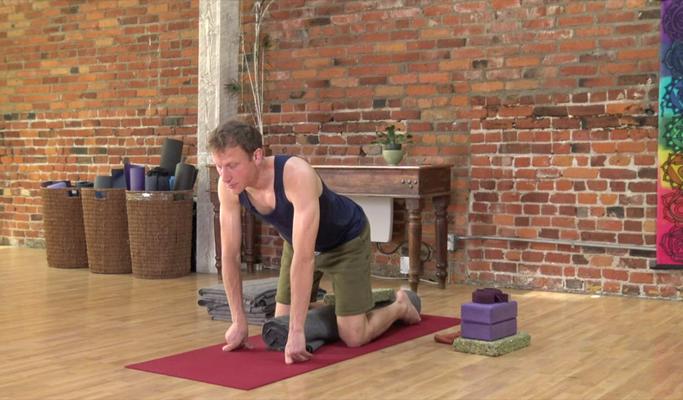
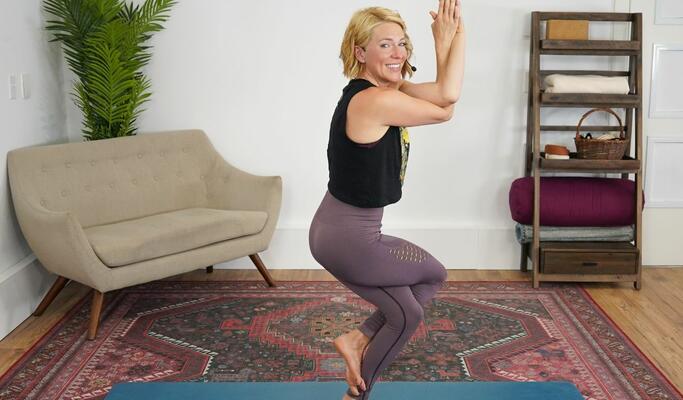
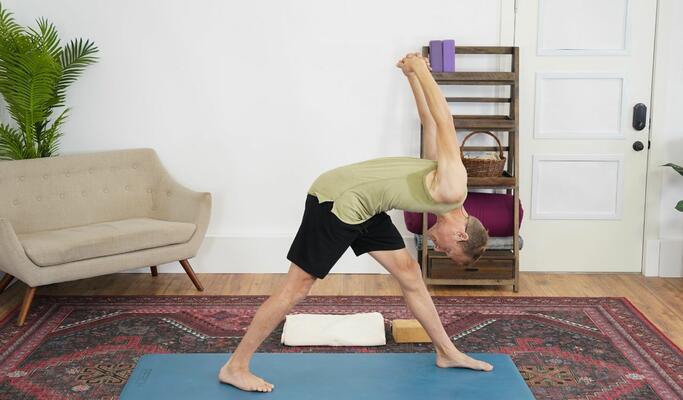
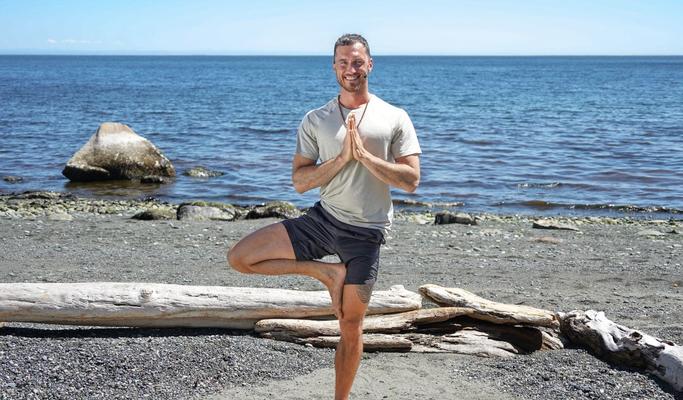
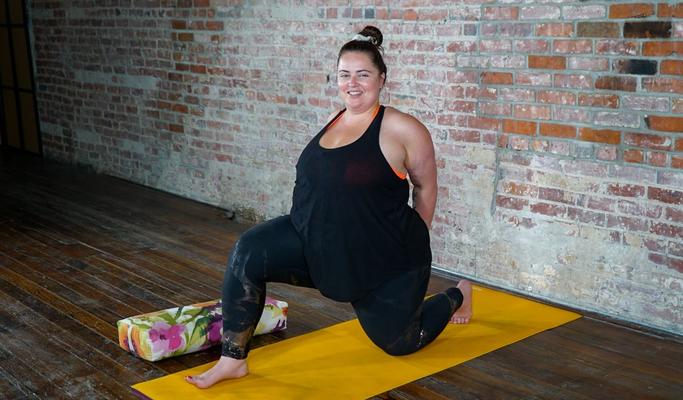
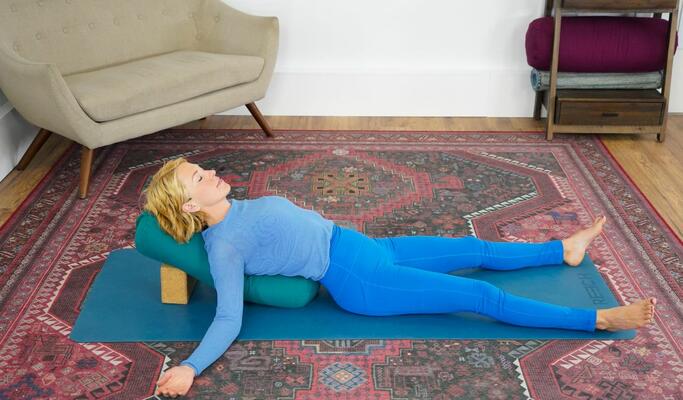
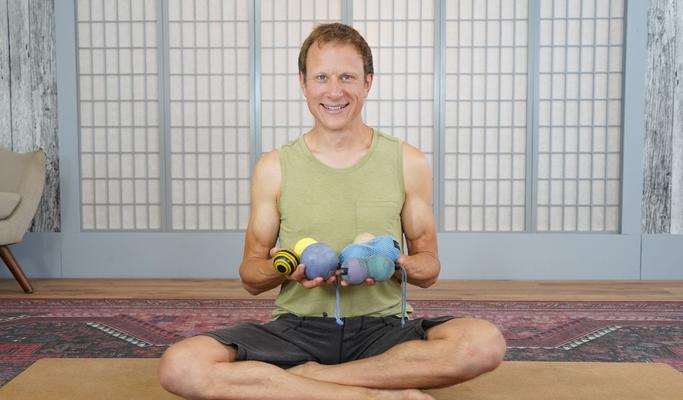
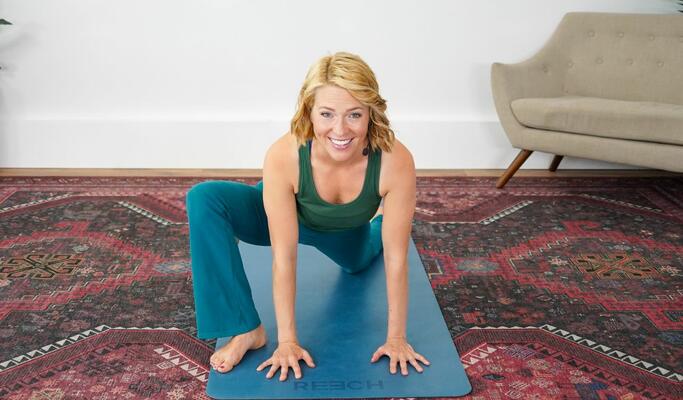
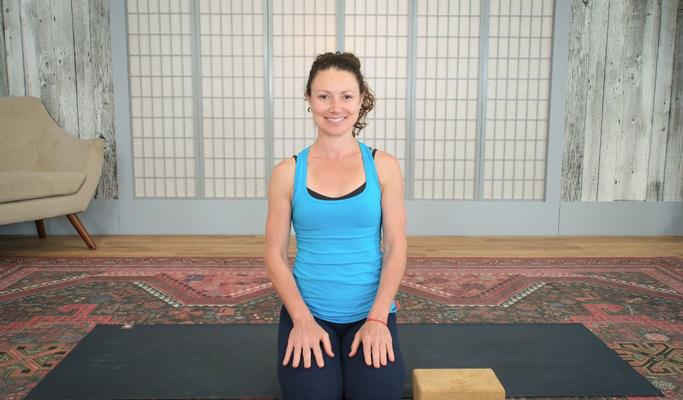
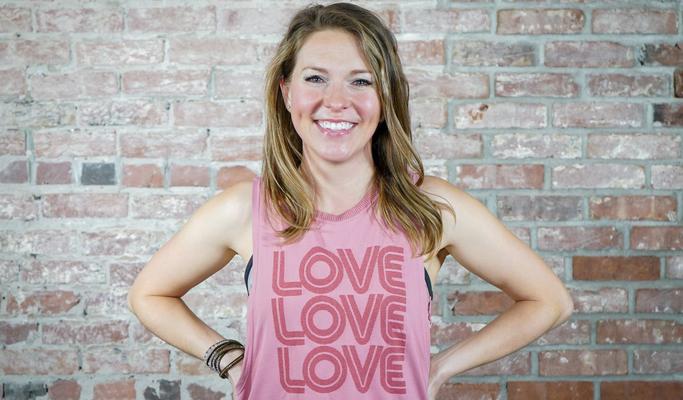
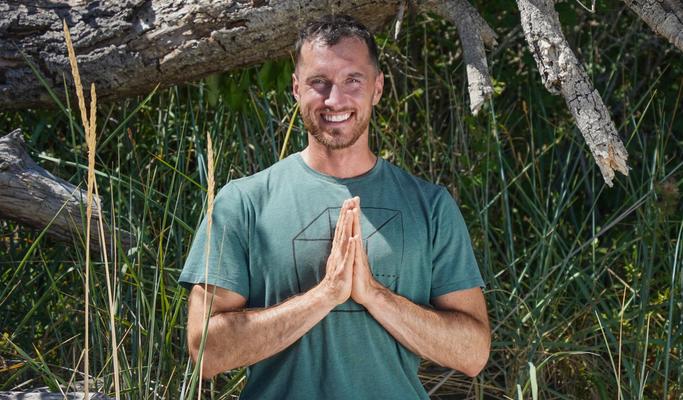
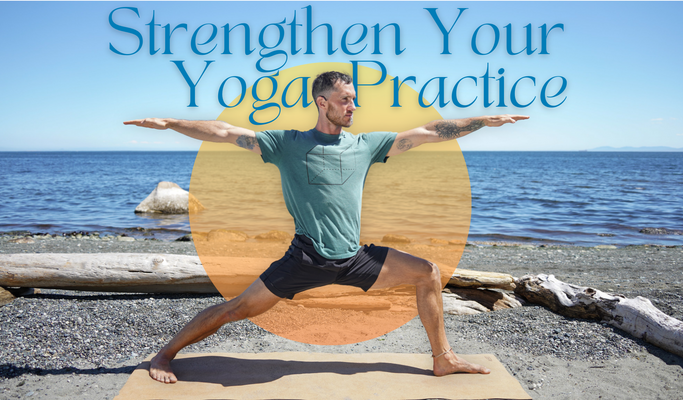
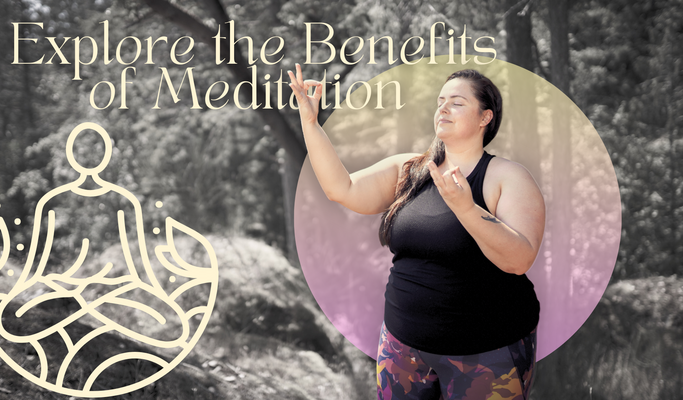
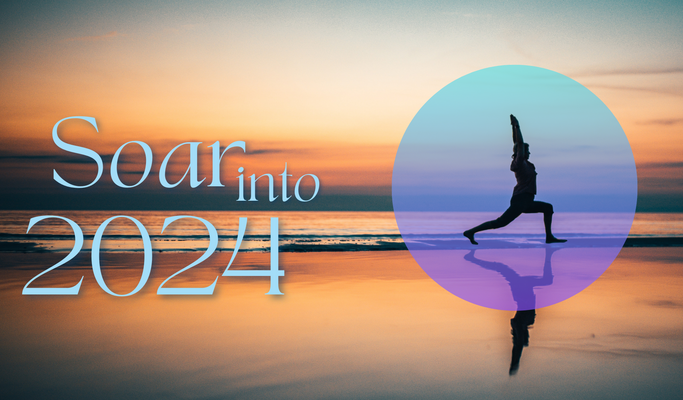
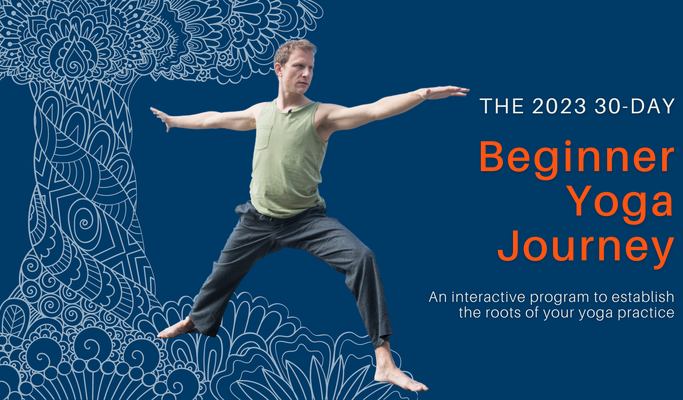
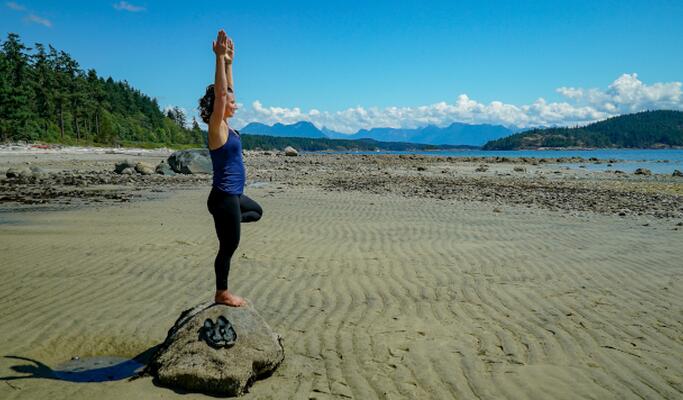



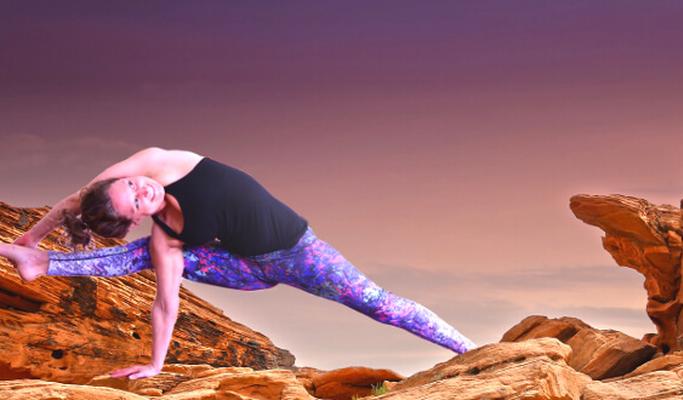


Comments
Hey there,
Is there any way to lower the pain I get in my knees and ankles, even when using a blanket for support? I think I'm aligned correctly, but I have notoriously bad ankles from too many football season sprains, and the pain makes me stop. Is it a flexibility thing? A strength thing? Both? Or, do I just need to do it more and the pain will go away?
Thanks!
I super excited
Hi David,
Thank you for allowing me to be part of the yoga community as a beginner of yoga. I am a in total lockdown in France right now and all the extra time is making the need to relax and unwind more evident.
I have a question regarding my breath and my belly when I do certain asanas. I have always learned that breathing towards the belly is the way to go. However, often when I am in a yoga position and I need to be in an upright position (straight spine, head over heart) I tend to hold in my bellybutton for support and strength and thus I can't breathe all the down into my belly.... Is this okay?
One other question.... Could it be... that I have been listening to a certain Youtube meditational video for years, (the only one that has worked for me ever since a herniated disc changed my life), with the best soothing voice talking about sinking' and 'slowing' in a quiet mind cafe..... That that's your soothing meditational voice?
Thanks again,
Lisa
Wow! That hurt! As I held each of the stretches, slight discomfort built into major discomfort and then into pain. It became too painful to "hang on" to any of them for as long as you asked us to. By the end, even the tops of my feet were screaming for relief. Nothing is "effortless" when my body is screaming at me to stop what I'm doing. I'm no stranger to physical exertion, but I'm not at all flexible, and my pain threshold is low. After two lessons, I'm getting the impression that yoga is all about doing contortions and tolerating the pain that they induce. I don't have much aptitude for either of those, which makes me wonder whether I'm the exception to the rule that yoga is for everybody. Please help!